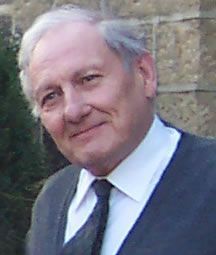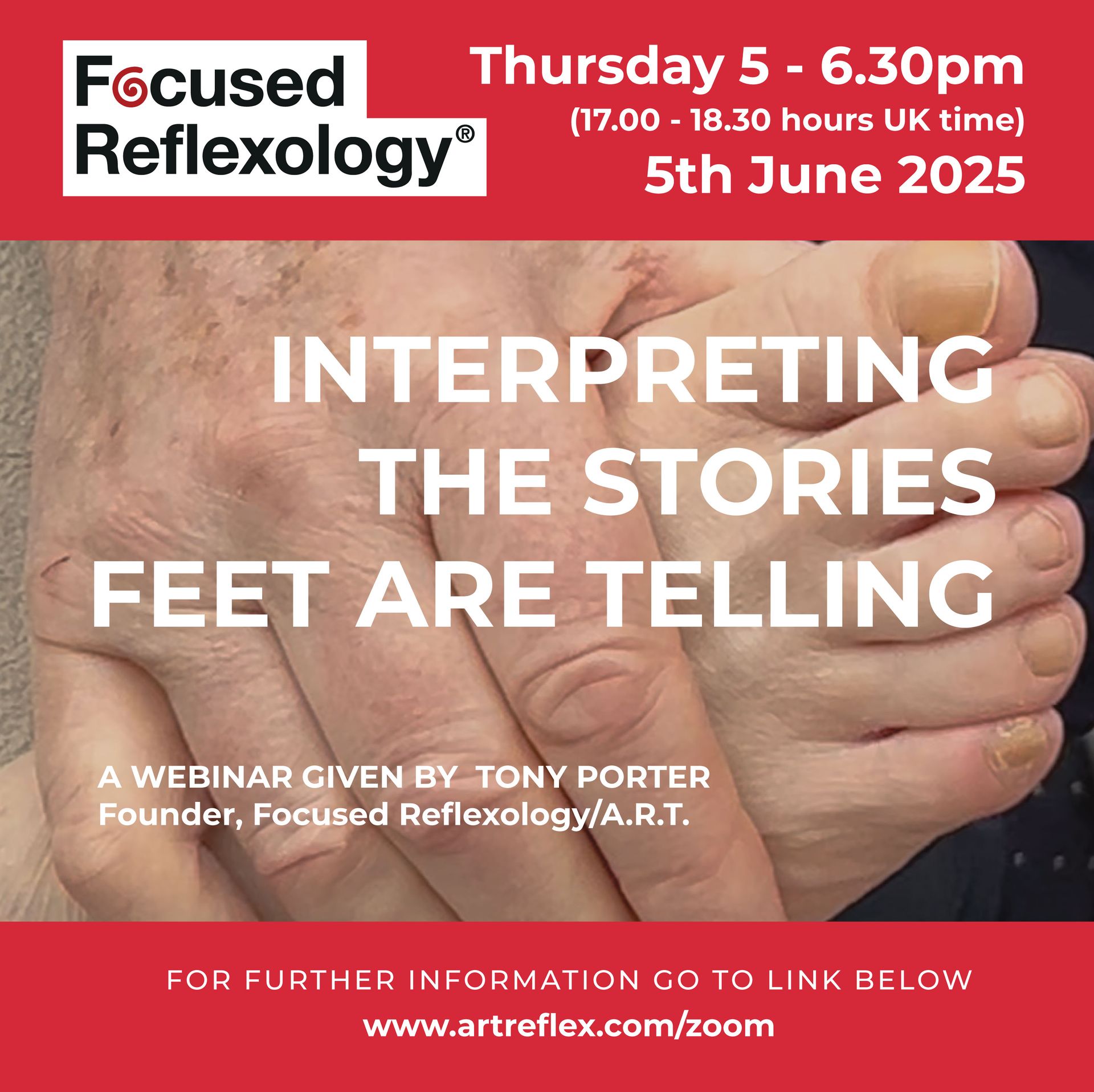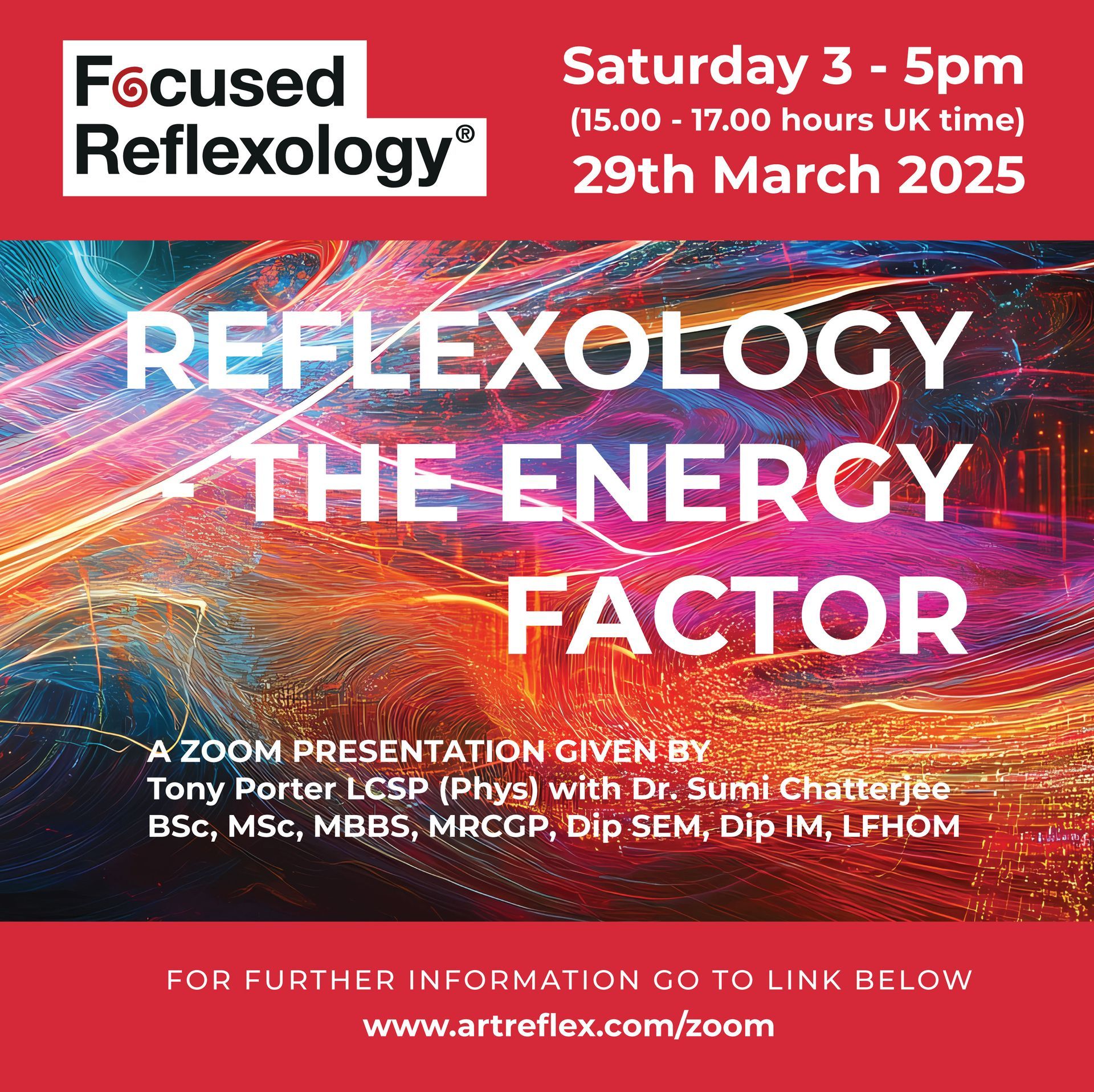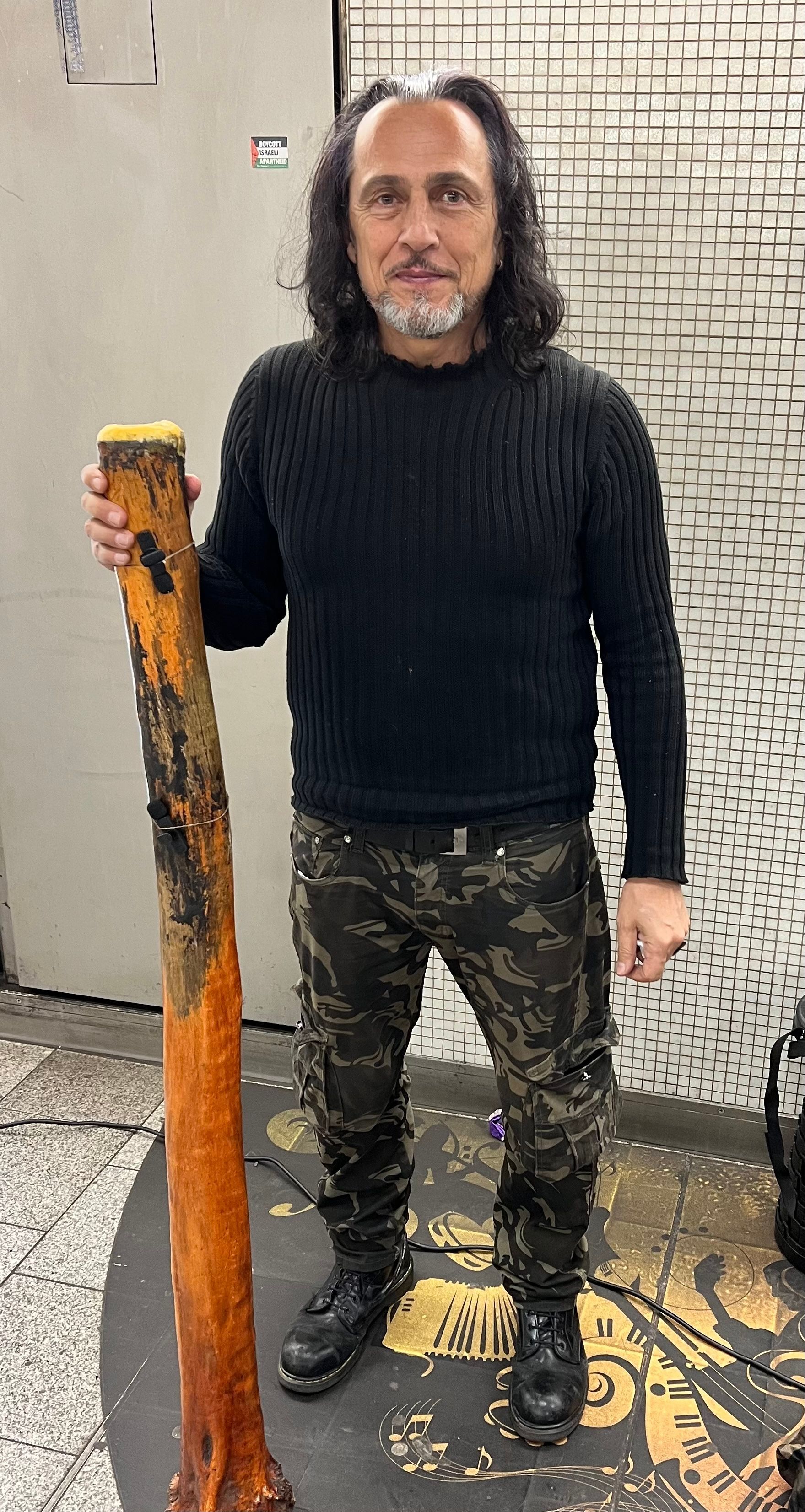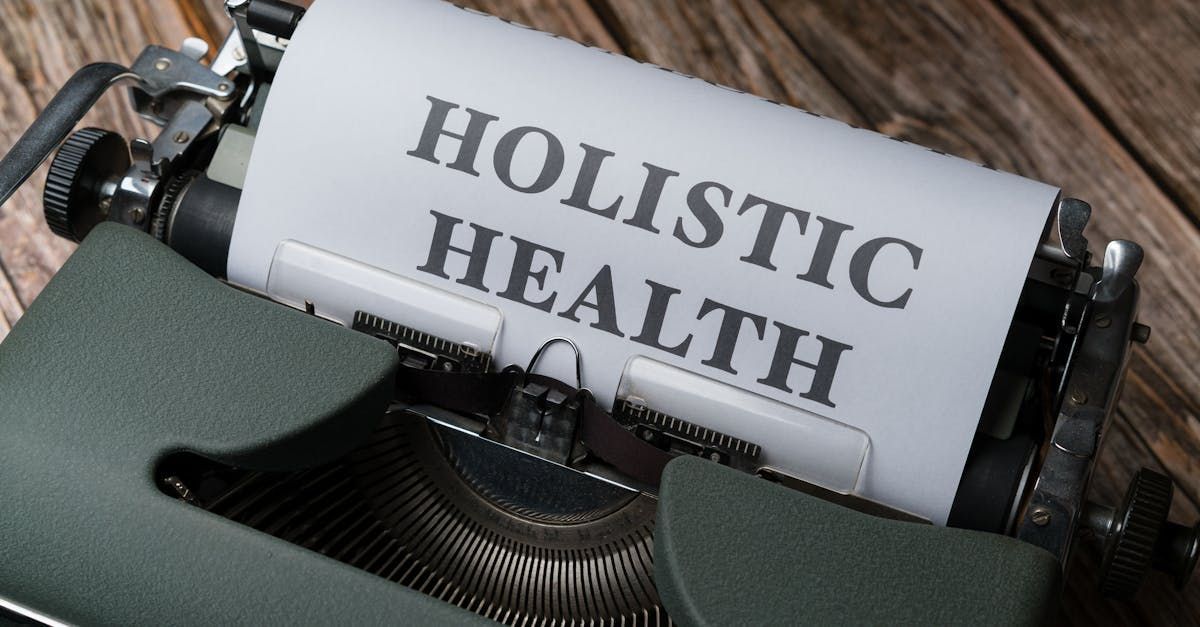ORIGINS REVISITED
Origin?

I decided to write this blog in response to the interest that the Zoom meeting on the origins of reflexology produced. I have written previously on the same theme but thought I would represent it in a different way to explain how the feet have featured in therapeutic applications and in other related ways throughout the world and through the ages.
The origins of reflexology is a subject of great interest, as confirmed by the numbers of those who attended my zoom meeting on March 12th, which attracted nearly 300 participants.
One of the main examples of the origins of reflexology is the
illustration taken from the physician's tomb in Saqqara, Egypt, dated 2,500 BC. I displayed the illustration in the reception area of my clinic in London back in the 1980s. It was touted as proof that reflexology had its origins in Egypt.
There was an occasion when I went to 'collect' a new client from the reception area when I found her studying the illustration with great interest.
She later revealed that she was a curator of the Egyptology department at London's British Museum.Through her, I was invited to visit the Egyptology department of the museum, where the hieroglyphs of the print were translated.I was informed that the illustration depicts a manicure and pedicure procedure, which was in line with other surgical procedures shown in other engravings on the tomb wall.
This experience fired an interest to look further into reflexology's origins, which led me to travel to China as I was convinced the origins surely came from there. This was in 1980.
I travelled to Hong Kong and had the good fortune to meet Dr. Frances Wong head of the Chinese acupuncture association. Apart from being a wonderful person, she was also a source of valuable information regarding the circulation of chi in the body and various strategies such as various breathing techniques we can use to store and move chi in our bodies.
However, it was a revelation when she told me that reflexology did not originate in China. She was adamant that working on the feet was bad for the practitioner and that a foot massage would have only been given in a 'bath house' for a condition such as insomnia. She arranged a meeting for me with a medical doctor in a town a few hour's bus journey away, who would also confirm this.
The meeting was very interesting and easy as he spoke perfect English due to his work in America. He also practised acupuncture and was also adamant that reflexology did not originate in China.
I returned home disappointed that I did not bear the 'holy grail' of the origins of reflexology.
I want to clarify that I am not out to disprove that the feet and hands did not figure in China or Egypt as a form of therapy during those times. The therapeutic and relaxing benefits of foot massage would have evolved naturally throughout the world. After all, without being instructed, we instinctively know when a painful area needs to be rubbed or pressed on our bodies, or how to stop an itch by scratching.
I want to present a broader picture of the origins of what became known as reflexology, and include evidence of how the feet have featured, particularly in their relationship to fertility throughout the world since very ancient times.
The feet feature in many ancient texts and religions. One example is the well-known fable of Cinderella, the origins of which date back to 7th century Egypt. There are, in fact over five hundred versions of the fable throughout the world. Some were from 9th century China, which may have given birth to the custom of foot binding centuries later — small feet were seen as one of the main symbols of femininity.
It was a version of the fable written by a Frenchman, Charles Perrault in 1697, which is the best known. He writes about an ancient custom of inserting a small feminine foot into a fur slipper (no need to explain what this represented). The perfect fit of the foot into the slipper indicated a perfect sexual meeting. Through this, the prince in the fable knew he had met his perfect match.
There are many ancient writings indicating the female foot being a representation of the womb and fertility. (hence reflexology's success in that field).
Take, for example, the ancient folk laws of this relationship not only throughout the world but also in Europe. For example, the ancient nursery rhyme 'There was an old lady who lived in a shoe, she had so many children she did not know what to do' etc., etc. Substitute shoe for womb, and you get the true meaning of the rhyme.
The boot or shoe was seen as representing the womb and fertility. It is still is a custom in England and elsewhere to tie old boots and shoes to the back of the wedding car of a newly wedded couple as an endowment to fertility.
In the north of England, it was custom for a childless, married lady to wear the shoes from a woman who had given birth — in the hope that her fertility would be passed on (size of the feet and shoe permitting of course). This is evidence of the belief of the feet absorbing and transmitting energy from one place to another.
My research has made me realise that ancient therapeutic knowledge is not confined to the mystical east but was evident in Europe.
Take, for example, the case of Ötzi, the iceman.
I will not go into this in great detail as I have mentioned this in previous blogs, and there is ample information available on the internet.
Briefly, a body was discovered in 1991 entombed in the ice of a glacier in Oetz in the Austrian Alps. It was perfectly preserved to such an extent that the body was thought to have been that of a modern-day climber who had perished. Research confirmed that it was the body of a man, a hunter who had been killed from an arrow in his back, and had died at least 5,300 years ago.
Examination of the body discovered the existence of a series of tattoos on the skin on the front and back of the body. These were not ordinary tattoos but were lines and crosses which intersected at certain points. They were found to be marking what is now known as the meridians and points of acupuncture.
There were seven tattoo lines running parallel to the length of the body. Some were on his back, meaning he could not have made them himself. Nine of the fifteen groups of tattoos were on the urinary bladder meridian points, used to treat back pain in acupuncture. Other tattoos were on the gall bladder, spleen and liver meridians.
Of great interest was the fact that the hunter had injuries to his lower back, and his stomach contents showed evidence of major infestation of worms. Both of these afflictions would have caused him great discomfort.
Someone with the knowledge of the circulation of qi or electricity of the body applied these tattoos, indicating to the hunter the points to press (or puncture) to bring relief from the pain he must have endured. Research confirmed that the tattoos were put on the body at least 2,000 years before the earliest known evidence of the use of acupuncture in China.
When we talk of the origins of reflexology we need to take into account the enormous passage of time and the way that the workings of the body was understood as being of a more ‘energetic’ nature.
I feel the future of medicine could be based on the energy circulation and function in the body and not just on pharmaceuticals if that is allowed to happen. After all, electricity is at the root of life.
My Best Wishes
Tony Porter



